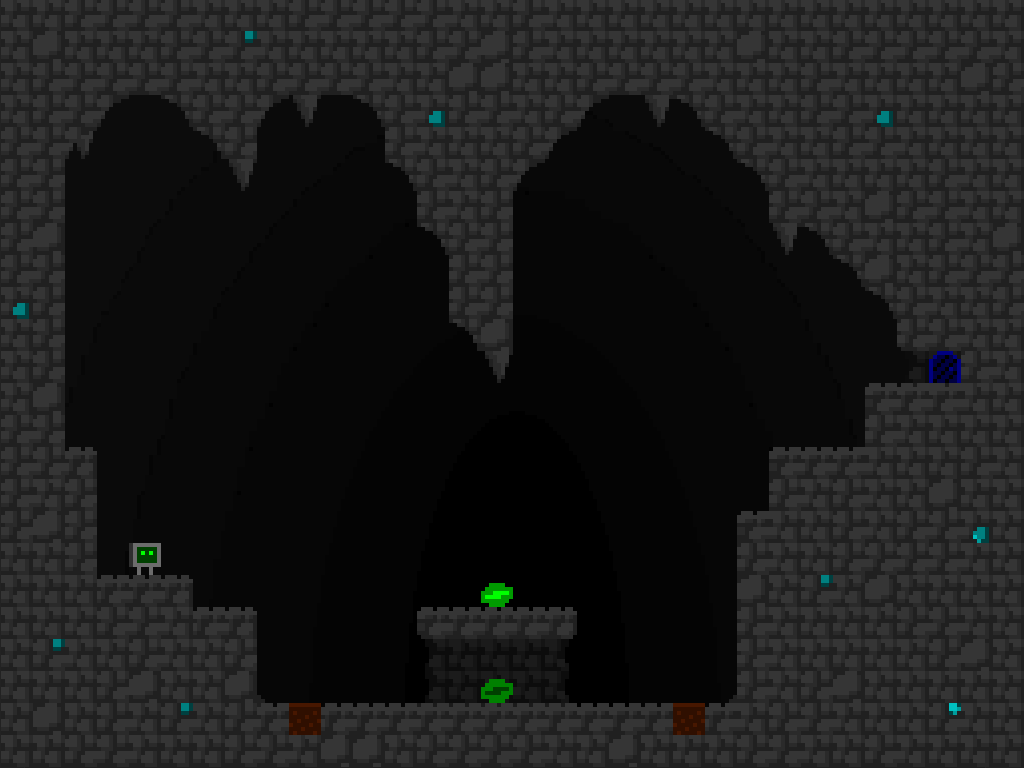Mechanics Puzzles: Types & Pacing
Today I'd like to talk puzzle design -- specifically with mechanics-based puzzles (as opposed to word puzzles or story-based puzzles). I've been designing puzzle levels since roughly 2006, when I discovered a game called Return To Wonderland (no association with Disney), a top down Sokoban-style puzzle adventure which came bundled with an easy-to-use level editor. Over subsequent years, I crafted nearly 200 puzzle levels and shared them with the RTW online forum community. They were very well received (includes some praise from Chip of Chip's Challenge!).
As I honed my craft, I began to see patterns in the styles of levels I created. I gave names to them:
- The Tutorial -- In which I use a single game element in a simple way to teach without words. In my own games, I follow up with more levels that use the same game element in increasingly complex ways, introducing a gradual difficulty curve.
- The Oddball -- In which I find a novel way to use a game element that was not intended or explored by the original game developer.
- The Stumper -- In which I do my very best to bamboozle the player's mind by using game elements in clever, interconnected ways.
- The Action -- In which I dazzle the player by involving them in scenarios utilizing motion and chain reactions.
- The Scenic -- In which I aim to calm the player, immersing them in an easy scenario with meticulously-chosen visuals.
These styles of puzzle design work best when interspersed with one another. For example, too many Stumpers in a row will tire out the player. Solumnoid starts out with 10 Tutorial style levels in a row (which ramp up slowly in difficulty), then 1 mini-Stumper, then an optional path containing several Oddballs and a real humdinger of a Stumper. Large-map, Scenic style levels occasionally arise between the major areas of the game. As for the last category mentioned above, Action doesn't really apply to Solumnoid due to its slow pace overall. That category has more of a place in faster-paced platformers, or match-3 and casual puzzlers.

Above: Solumnoid has five different types of seeds that the player can push around. When planted, they have different effects and platforming uses for the player. Not shown: there is an optional colorblind mode in Solumnoid which displays a hovering number above each seed type.
Below is an example of a Tutorial style level in Solumnoid. This is the second level to feature the "Tall Seed" (bright green stripe) which grows a climbable beanstalk upward when planted in wet dirt. The player has a single choice in this level. There are two seeds -- a Normal Seed and a Tall Seed -- and exactly two wet dirt plots in which to plant them. In order to reach the blue exit door, the player needs to decide in which plot they would like to plant the Tall Seed, and in which plot they would like to plant the Normal Seed. Due to the player's recent introduction to the new game element (Tall Seed), the difficulty is intentionally low, despite the level being about a fourth of the way through the game.

The difficulty curve of Solumnoid is a gradual uphill slope, but there are resting points in the form of Tutorials for new items which "reset" the difficulty of levels back down for a short while. As the player progresses through the various regions of the game, Stumper levels become more common. Some levels can be skipped, but eventually the player will have to tackle some real tricky ones. Such is the usual nature of mechanics-based puzzle games; They don't stay a cakewalk forever.
Future posts may touch upon my process of creating a difficult level, as well as how I approach creating natural learning situations.
Get Solumnoid - demo
Solumnoid - demo
Lonely robot plants seeds (demo)
| Status | In development |
| Author | treehann |
| Genre | Puzzle, Platformer |
| Tags | Atmospheric, la-mulana, pc, plants, Retro, Short, Singleplayer, windows |
| Accessibility | Color-blind friendly |
More posts
- Alpha Demo is a go!Mar 29, 2022
- Solumnoid Release ScheduleMar 13, 2022
- Status: End in SightFeb 27, 2022
- Solumnoid Puzzle SketchingAug 02, 2020
- Hello World! ....is anyone there?Jul 24, 2020

Leave a comment
Log in with itch.io to leave a comment.